In October 2024, Hurricane Milton turned into one of the fastest-growing storms on record over the Atlantic Ocean. The hurricane’s rapid gain in intensity caught meteorologists off guard, which meant the affected communities were surprised too. The storm ultimately claimed 15 lives and caused US $34 billion in damages as it tore across Florida.
Why was Milton’s explosive growth so hard to anticipate? This failure stemmed from a lack of good weather data. The kind of data you can get only by flying a suitably outfitted aircraft straight into a developing storm. This type of mission requires human pilots to put their lives at risk to release dropsondes—sensors dangling from parachutes—that will gather critical atmospheric measurements. If meteorologists can get that precious data in time, they can often use it to produce life-saving predictions.
WindBorne’s high-tech weather balloons stay aloft for weeks, a considerable improvement over the hours that today’s standard weather balloons spend in the atmosphere. WindBorne Systems
But hurricane hunters can fly only so many missions, and most storms develop in places that aircraft can’t safely reach, such as over vast ocean expanses. So we are left with massive data gaps precisely where the most dangerous weather begins.
WindBorne Systems, the company I cofounded in 2019, is pioneering a better way to predict the weather. Our approach starts with cutting-edge weather balloons and ends with our proprietary AI weather-forecasting system. Hurricane Milton’s dramatic arrival last year gave us our first opportunity to observe such a weather system directly and to predict a hurricane’s path as the storm evolved.
 The WindBorne crew arrives before dawn to set up a balloon launch at Bodega Bay, Calif. Christie Hemm Klok
The WindBorne crew arrives before dawn to set up a balloon launch at Bodega Bay, Calif. Christie Hemm Klok
At WindBorne, based in Palo Alto, Calif., we’ve developed a sophisticated type of long-duration weather balloon. These Global Sounding Balloons (GSBs), as we call them, can maneuver through the atmosphere and follow dynamic flight paths by surfing the winds. In the lead-up to Milton, we launched six of these balloons, carrying dropsondes, from a safe distance away, in Mobile, Ala. Within the next 24 hours, the balloons were able to enter the hurricane and release their dropsondes to measure temperature, pressure, and humidity, along with wind speed and direction—information that potentially could have helped forecasters determine exactly how the hurricane would behave.
 The sensors that collect weather data for each Global Sounding Balloon are encased in plastic. Christie Hemm Klok
The sensors that collect weather data for each Global Sounding Balloon are encased in plastic. Christie Hemm Klok
This dropsonde deployment, the first ever by weather balloon, demonstrated that it’s possible to release airborne sensors without the usual costs and risks to human life. And when our team ran the collected data through our AI-based forecasting model, WeatherMesh, its predictions of Milton’s path were more accurate than those from…
Read full article: AI Weather Forecasting, Built on High-Tech Balloons

The post “AI Weather Forecasting, Built on High-Tech Balloons” by John Dean was published on 10/21/2025 by spectrum.ieee.org



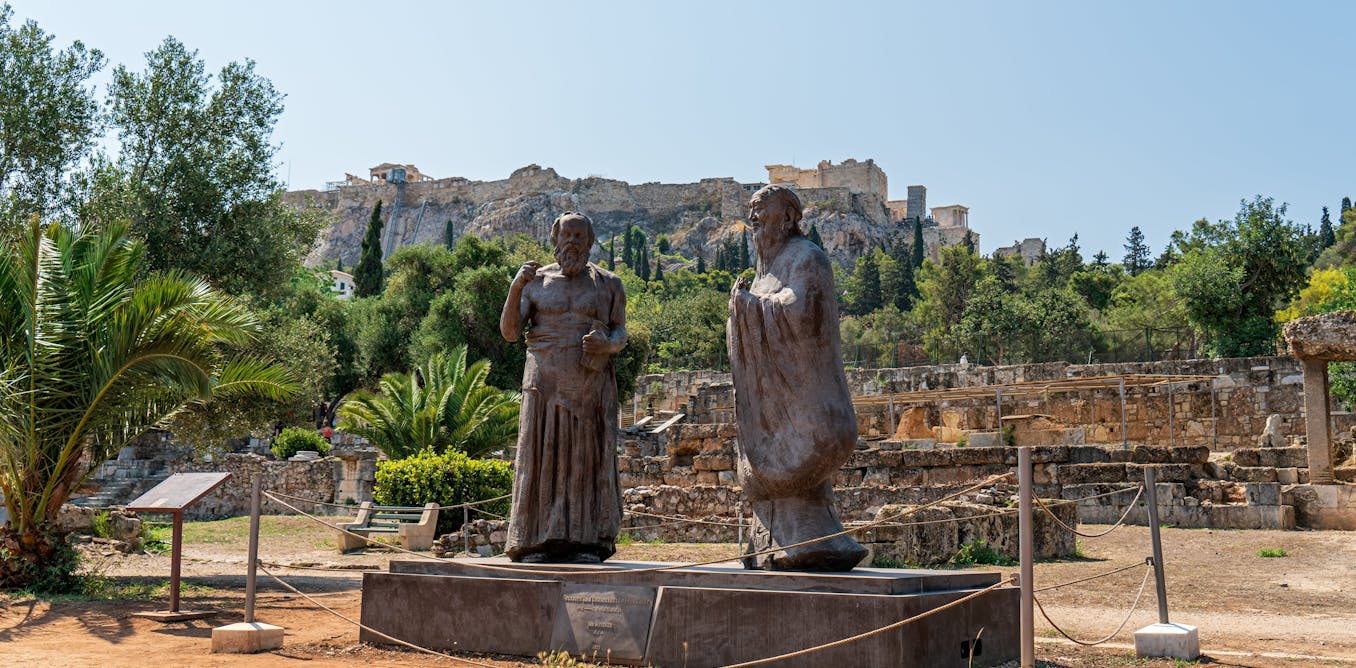






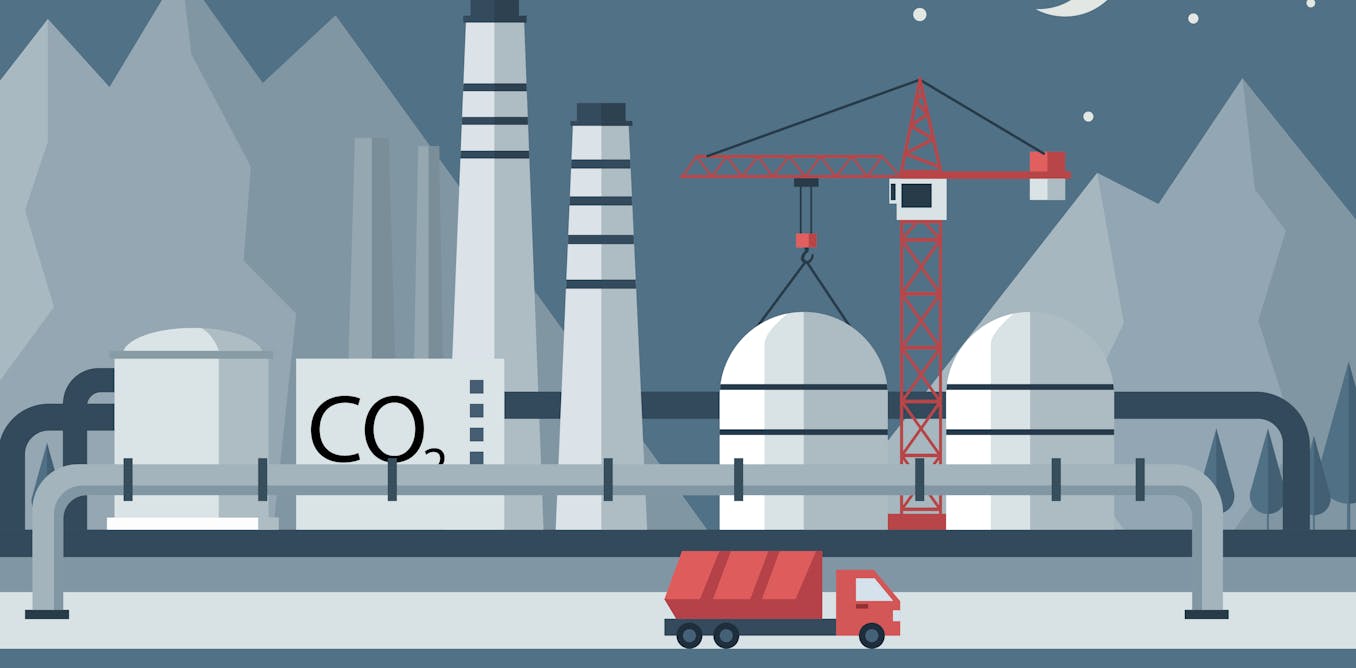
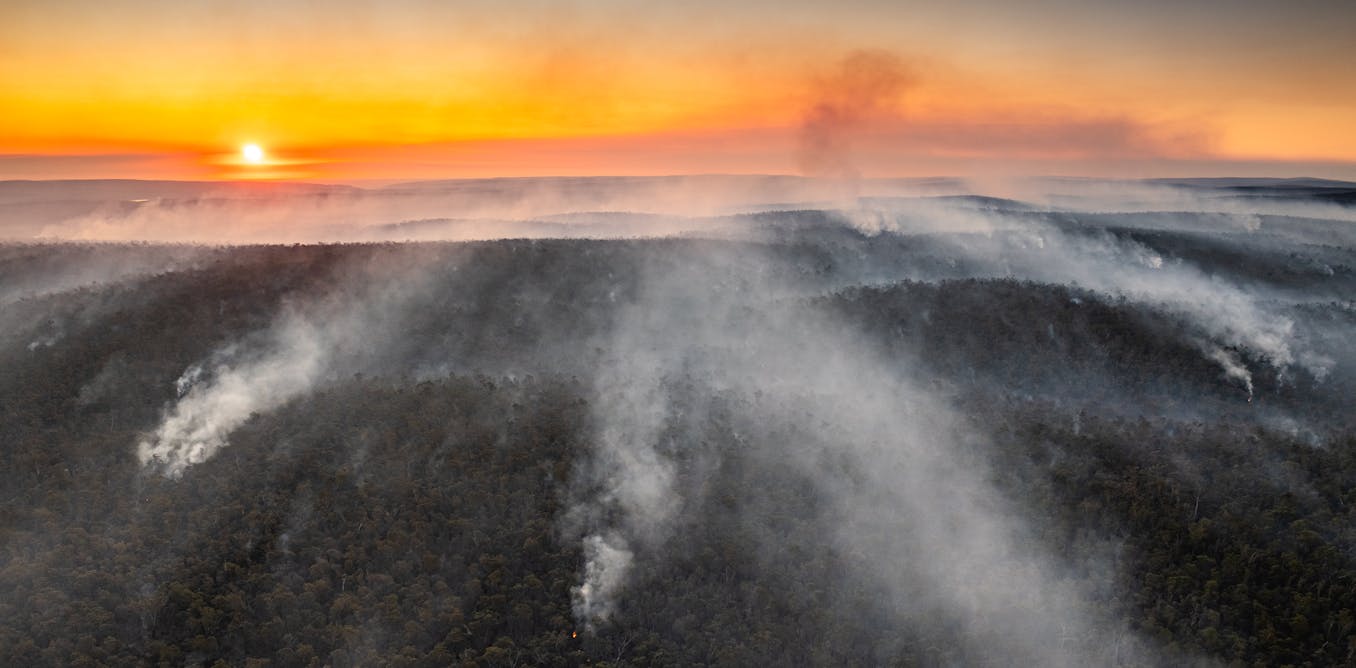
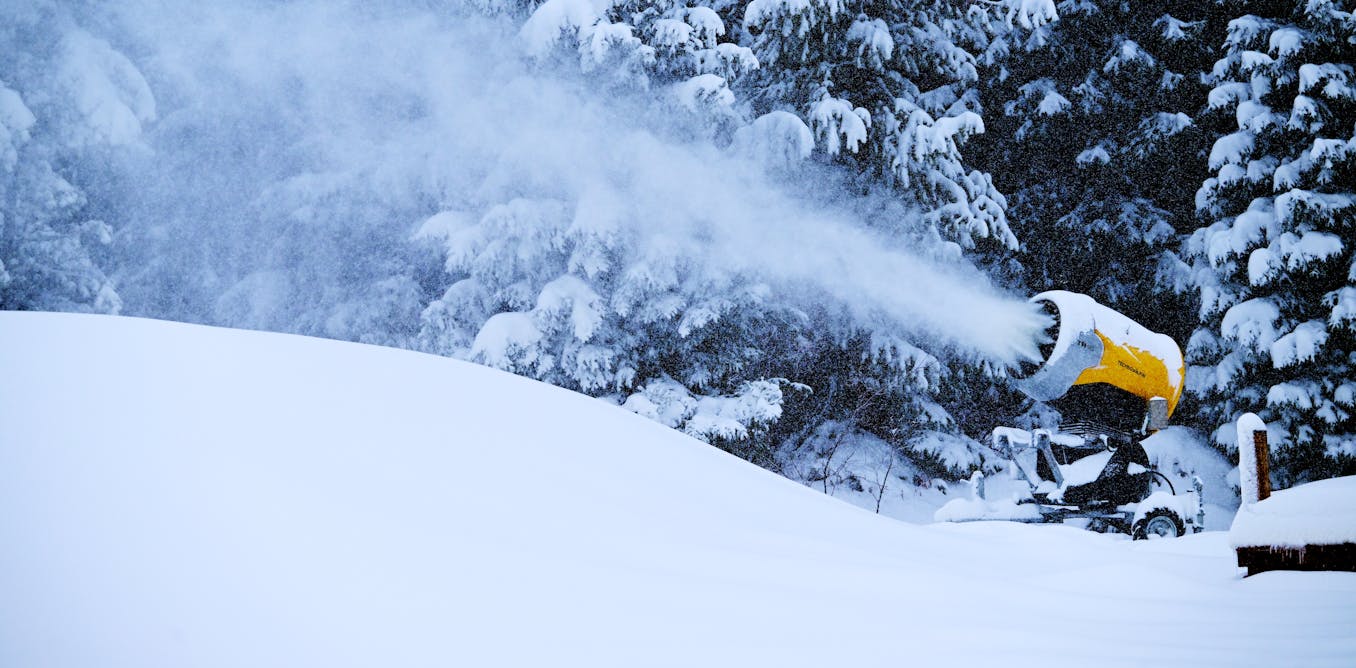
















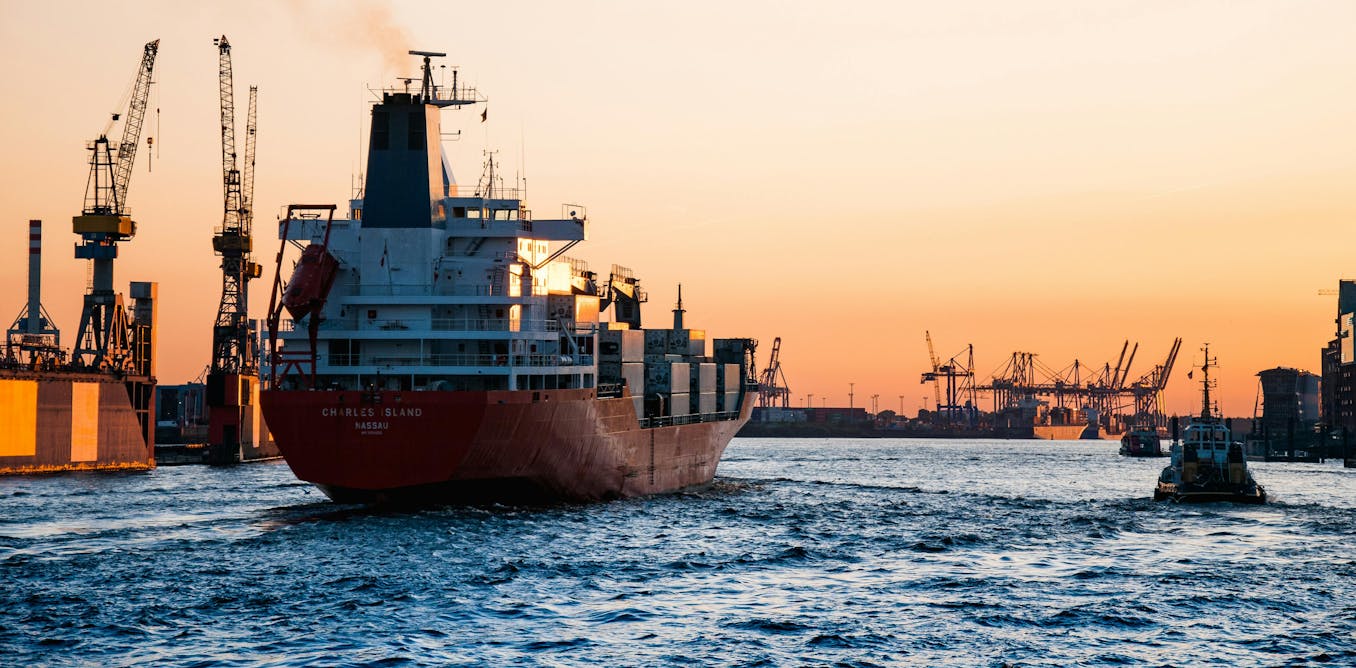



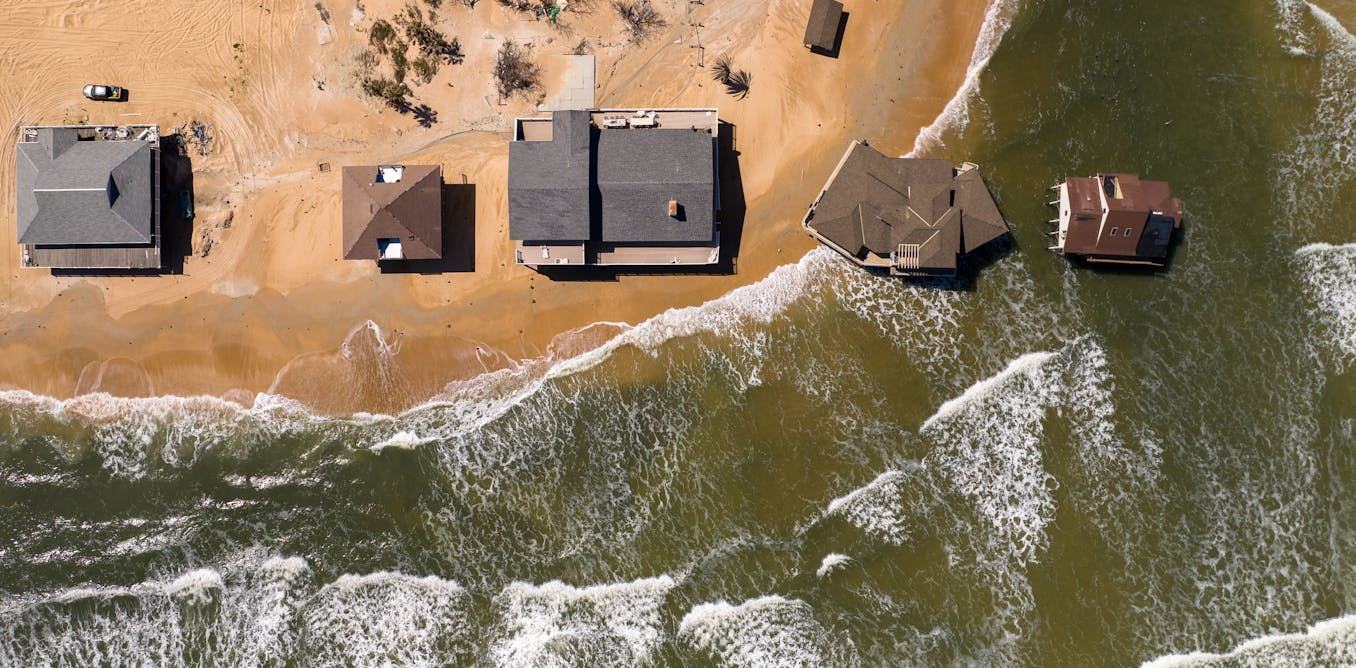
Leave a Reply